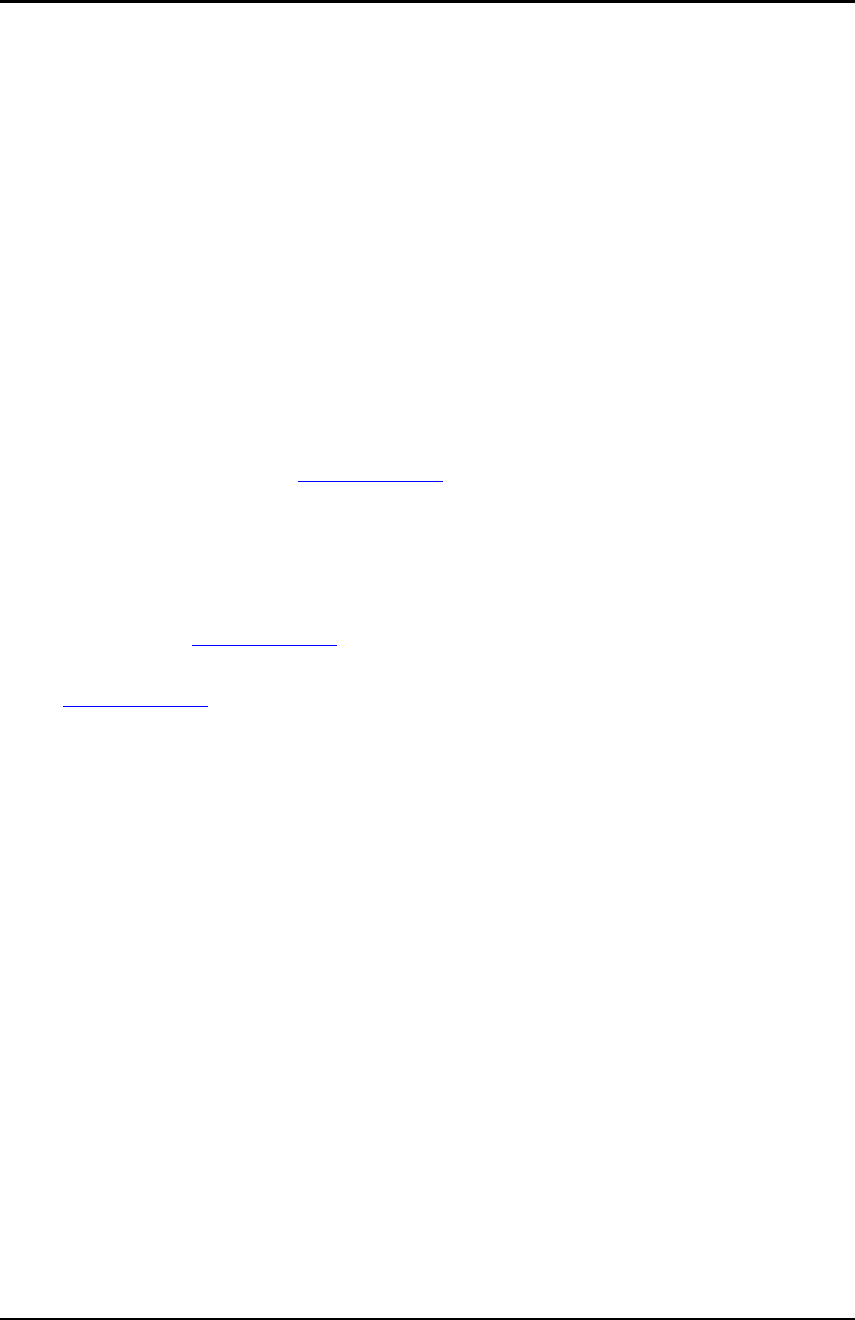
User’s Guide – version 3.5 NetFlow Tracker
30
•
Networks – shows the IP subnets that were the source or destination of the most
traffic or packets.
• Network Pairs – shows the pairs of connected IP subnets that exchanged most
traffic or packets.
• Bi-directional Network Pairs – adds extra columns showing the traffic and packets
sent from destination to source and the bi-directional totals for each network pair.
Interface Reports
• In Interfaces – shows the router interfaces or switch ports that were the arrival
point of most traffic or packets.
• Out Interfaces – shows the router interfaces or switch ports that were the
departure point of most traffic or packets.
• Interface Pairs – shows the pairs of inbound and outbound router interfaces or
switch ports that carried the most traffic or packets.
• VPNs – shows the VPNs with most traffic or packets. Interfaces must be
associated with VPNs in Device Settings
for this report to function.
• Next Hops – shows the next-hop addresses that received most traffic or packets.
Note that only a router can supply a next-hop address.
Traffic Identification Reports
• Identified Applications – shows the identified applications with most traffic or
packets. See Device Settings
for more information.
• Traffic Classes – shows the traffic classes that with most traffic or packets; see
Device Settings
for more.
Other Reports
• Total – shows just the total traffic and packets passing the filter.
Creating Filtered Reports
NetFlow Tracker allows any chart or tabular report to be created using a powerful
dialog called the filter editor. To create a filtered report, click on “Filter Editor” on the
main page.
Most of the options in the filter editor are initially hidden to save space and bandwidth;
you can add a filter to the page by selecting it and clicking “Add”.
Each filter allows you to specify a restriction on the source data considered for the
report; if a filter is not specified it will not impose any restriction. You can choose to
include or exclude the items you select.
There are several ways to select items, depending on the type of the filter. Named
items can be selected by highlighting them in the left-hand “Available” box and using the
“>” button to move them to the right-hand “Selected” box. To deselect items highlight
them in the right-hand box and click “<”.
Some filters additionally allow you to manually enter an item in a box above the selected
box and click “Add”; to deselect an item added in this way click “<” as before. If a filter
does not have any named items there is a single selected box and a “Remove” button.


















